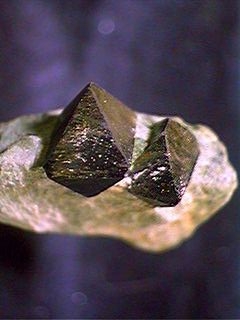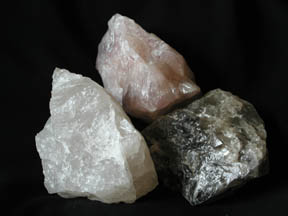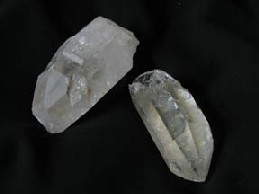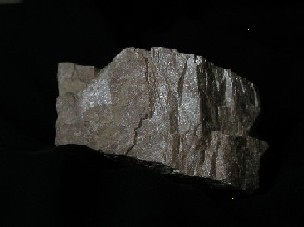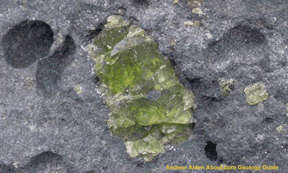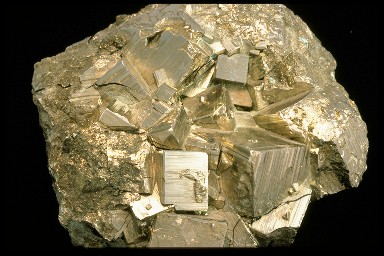Click on image for full size
Corel
Related links:
Find out how to identify minerals (...and learn what shape, luster, color, streak, hardness, cleavage and fracture are all about!)
Magnetite
Just like the name implies, magnetite is a natural magnet! It is part of a mineral group called the oxides. Magnetite can usually be recognized by its strong magnetism and dark color.
Magnetite is not very abundant, but it can be found in many different varieties of igneous, metamorphic, sedimentary rocks, and even some meteorites. Most intrusive (plutonic) igneous rocks contain a small smattering of magnetite crystals. The mineral also occurs in metamorphic rocks that formed from iron-rich sedimentary rocks. For instance, Banded Iron Formations that formed during the Precambrian time commonly contain magnetite.
Magnetite does not weather away as easily as many other minerals. This means that it is often leftover as black sand grains when other parts of a rock have worn away. Black sand grains at beaches and elsewhere are often made of magnetite. If you find a beach that has black sand, try running a magnet over the surface and see whether the little black sand grains stick to it. Over thousands of years, those sand grains may cement together forming a sedimentary rock.
Why is magnetite so magnetic?
Any magnetic field is caused by a flow of electrons. In magnetite, the electrons flow between ions of iron within the crystal.
There are two different types of iron within magnetite: Fe +2 and Fe +3. Because these types of iron have different changes, electrons flow between the different irons in an attempt to equalize the change. Just as electricity generates a magnetic field, the flow of electrons within magnetite also generates the magnetic field.
- Shape: Cubic (typically forming octahedron shapes)
- Luster: Metallic to sub-metallic
- Color: Gray, brown to black
- Streak: Black
- Hardness: 5.5 to 6.5 on Mohs Hardness Scale
- Cleavage: None
- Fracture: Conchoidal


